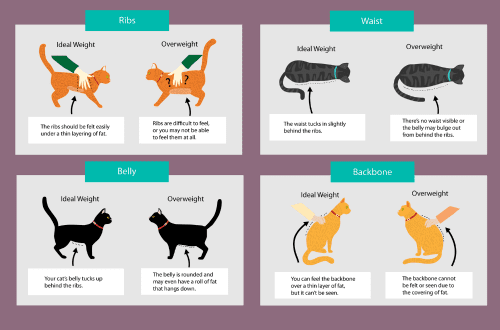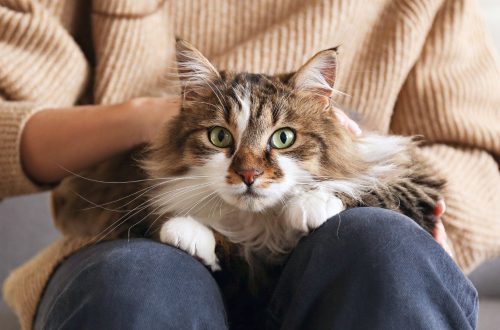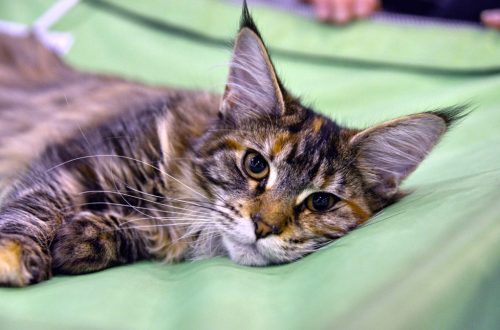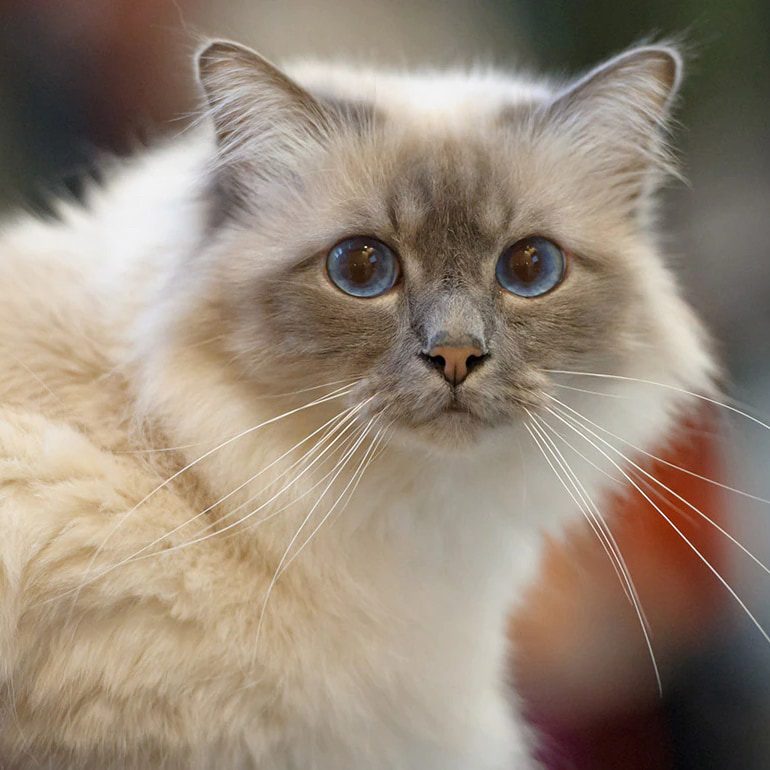
Ma pisîkên hîpoallerjîk û nîjadên pisîkan hene ku narijînin?
If a potential owner is allergic to cats, a so-called hypoallergenic breed may be considered. Although there are no truly hypoallergenic cats, there are pets that can be suitable for people with allergies, given the restrictions in their lifestyle. In addition, it is necessary to follow a number of recommendations that will help allergy sufferers live comfortably by getting a cat.
Contents
Why Cats Can’t Be Hypoallergenic
Hypoallergenic refers to a reduction in the likelihood of an allergic reaction upon contact. While the term is more commonly associated with products such as cosmetics or textiles, it is also used to describe certain breeds of animals.
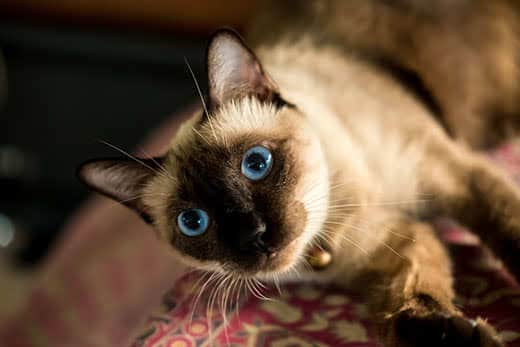 However, in the case of cats, the so-called group of hypoallergenic breeds is misleading. All pets produce allergens to some extent, regardless of the amount of hair, explains International Cat Care. Unlike shampoos and body lotions, it is not possible to remove all allergens from an animal. Therefore, there are no completely hypoallergenic cat breeds.
However, in the case of cats, the so-called group of hypoallergenic breeds is misleading. All pets produce allergens to some extent, regardless of the amount of hair, explains International Cat Care. Unlike shampoos and body lotions, it is not possible to remove all allergens from an animal. Therefore, there are no completely hypoallergenic cat breeds.
There are 10 cat allergens in total. According to International Cat Care, the main allergen proteins are Fel d 4, which is found in cat saliva, urine and feces, and Fel d 1, which is produced by the sebaceous glands under the cat’s skin.
Therefore, even hairless cats can cause allergic reactions. These proteins cause common allergy symptoms such as sneezing, coughing, watery eyes, nasal congestion and hives.
Cat dander, that is, dead skin cells, also produces allergens. People often think they are allergic to cat hair, but in reality it is dander or bodily fluids on the fur that cause the reaction. “Pet hair itself does not cause allergies,” explains the Asthma and Allergy Foundation of America, “but it does carry dander and other allergens, including pollen and dust. Pieces of the cat’s dead skin flake off and become lodged in the coat, so anyone petting a cat may come into contact with allergens that cause allergic reactions.”
But the good news is that some pets produce fewer allergens than others, and there are cat breeds that shed less. Such representatives of this beautiful part of the animal world can bring the least allergens into the house.
Which cats shed little
While low shedding cat breeds are not considered 100% hypoallergenic, they can be a great option for people who are allergic to these pets. Allergens are still present in these cats’ bodily fluids and dander and can get on their coat, but because they have less coat overall, there will be fewer allergens in the house. However, since the body fluids of a pet contain many allergens, the owner will still need to exercise caution when interacting with any of these cats:
Blue Russian
Cats of this regal breed are very devoted companions. Their behavior resembles that of a dog, for example, they will wait for the owner to return from work at the front door. In addition, they are very sociable and loud pets who love to “talk”, so do not be surprised if they try to start a conversation. Although Russian Blues have thick coats, they shed little and produce less Fel d 1, the most well-known cat allergen, than all other breeds.
 Pisîka Sîbîryayê
Pisîka Sîbîryayê
This is not a cat that is content with second roles: it needs attention! She loves to play with toys and has impressive acrobatic abilities. And despite their thick fur, the Siberian cat is considered one of the most hypoallergenic breeds due to the production of low levels of Fel d 1. This breed can be a good option for people with mild allergies. However, the Cat Fanciers Association (CFA) recommends spending some time with your cat before bringing it home to make sure family members don’t develop an allergic reaction.
Snow-shu
Snowshoes, which got their name due to their white paws, are good-natured cats with a strong physique and a bright character. They love people and their mood can require a lot of attention. Cats of this breed are great for active families, and many of them love to swim. The International Cat Association (CFA) notes that these pets have a single layer of fur and do not require daily grooming. Due to the lack of an undercoat and a slight tendency to shed, they lose less hair and, accordingly, spread less of the allergens they carry – primarily dander and saliva.
Ew Gioconda
In any list of the most non-shedding cats, there is always a mysterious sphinx – a predominantly hairless cat. These mischievous and playful creatures are tolerant of others and even get along well with dogs. The CFA explains that in order to reduce the amount of dandruff that gets into the environment from Sphynxes, they need to be given some care, such as regular bathing, cleaning their ears and claws. The CFA also adds that since these cats’ saliva does not contain much protein, they may be a good choice for people with allergies.
Things to consider before getting a hypoallergenic cat
Before you get a pet, even if you are not allergic to it, you should make sure that the cat suits your lifestyle. The chosen breed may not require special care, but any cat is a serious commitment. The owner needs to make sure there is enough room in their heart, home and schedule for their new furry friend.
In all possible cases, it is advisable to spend some time with the cat to check how the allergy manifests itself next to it. It’s also worth talking to an animal welfare consultant to learn about specific breeds that are best suited for this condition.
Lifestyle of cat owners
A cat is an investment. In return for their investment, the owner receives a beautiful and tender friendship. Cats tend to be very independent, but despite this, they need a lot of time and attention – and they are likely to demand it. These graceful creatures do sleep a lot, but during their waking hours, they tend to want to play, cuddle, or interact with their loved ones. They also believe that the owners are at their complete disposal to fulfill the slightest whims.
Sometimes cats are returned to the shelter because the new owner was not ready for the quirks of the pet’s character or behavior. These include scratching, aloofness, which is characteristic of cats for the first time in a new house, and even an unexpectedly discovered allergy in one of the household members. Some of these manifestations are easily corrected with training, time, and new toys such as a scratching post. However, as with any significant change, it’s important to be patient when building a relationship with a new pet.
Allergy and adaptation to the cat
If an allergy sufferer is ready to get a cat, but is concerned about health issues, it is recommended to take the following measures to alleviate the symptoms:
Instead of carpeting, choose hard surface floors.
Vacuum frequently, including any upholstered furniture.
Install a HEPA filter.
Bathe the cat.
Wash hands after handling or petting a cat.
Do not allow the cat to climb onto the bed or enter the bedroom.
Cat grooming procedures can also lead to an increased spread of allergens, so it is recommended that you wear a mask or involve an assistant during these procedures. In this case, less wool will fly towards the allergy sufferer.
To get a cat with allergies, you need to spend a little time and show some perseverance. Then, it will probably be possible to find the perfect cat that fits the lifestyle and does not cause allergy attacks.



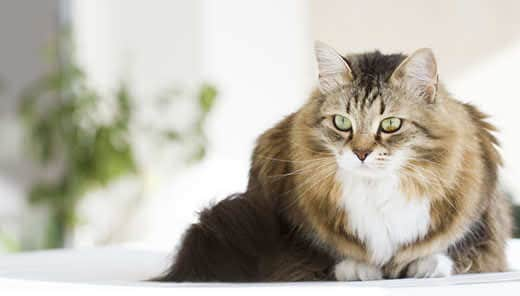 Pisîka Sîbîryayê
Pisîka Sîbîryayê